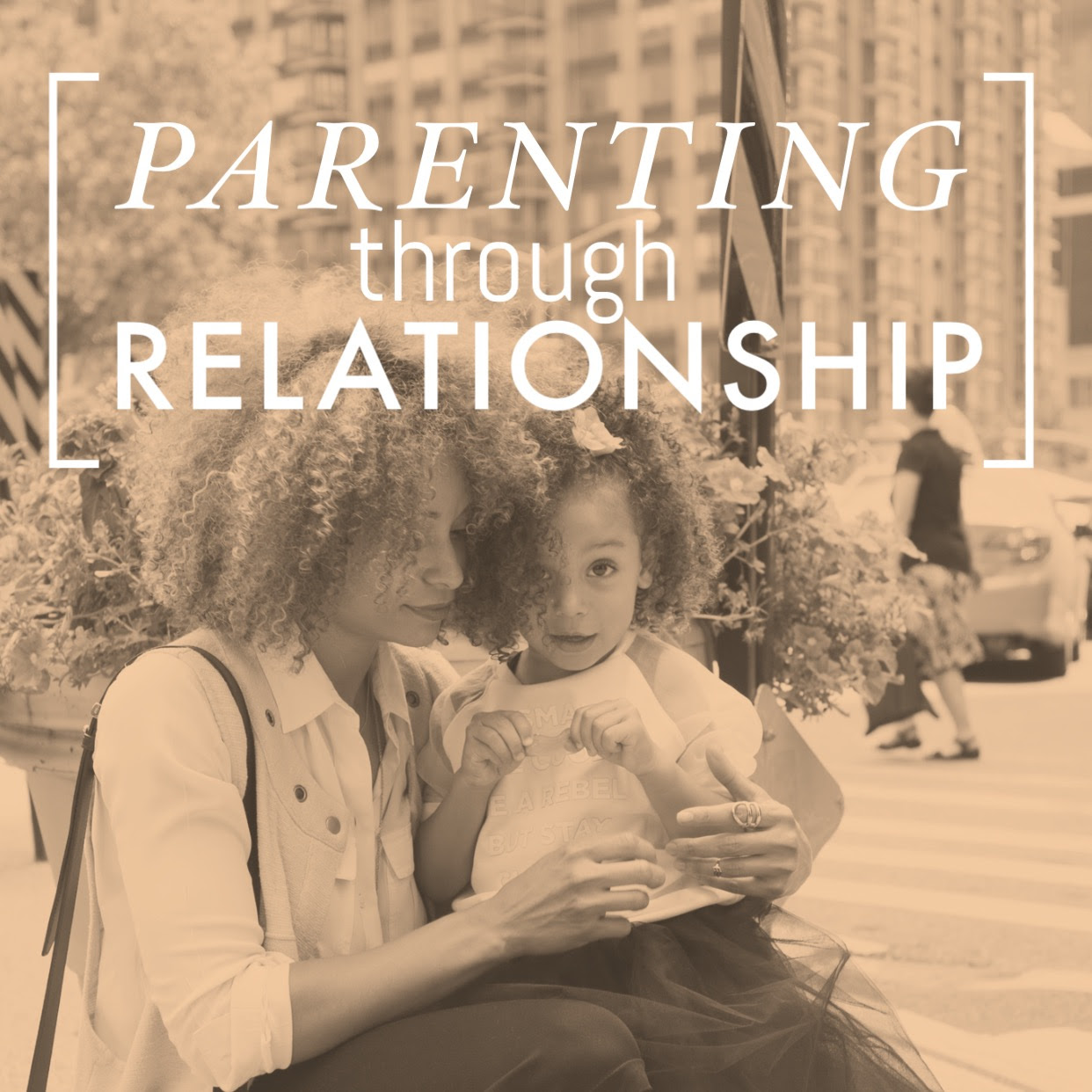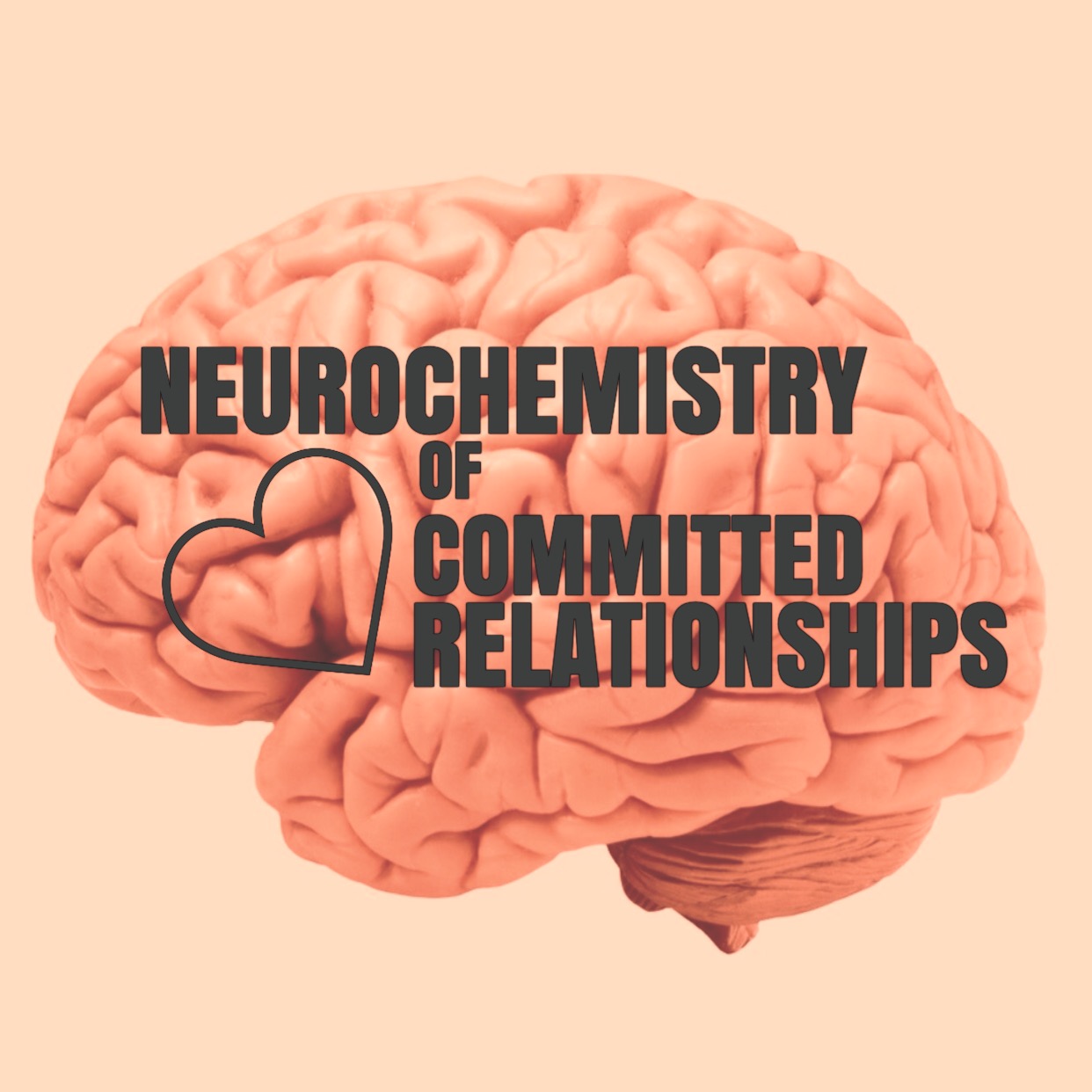
What is Sandtray Therapy?
Introduction
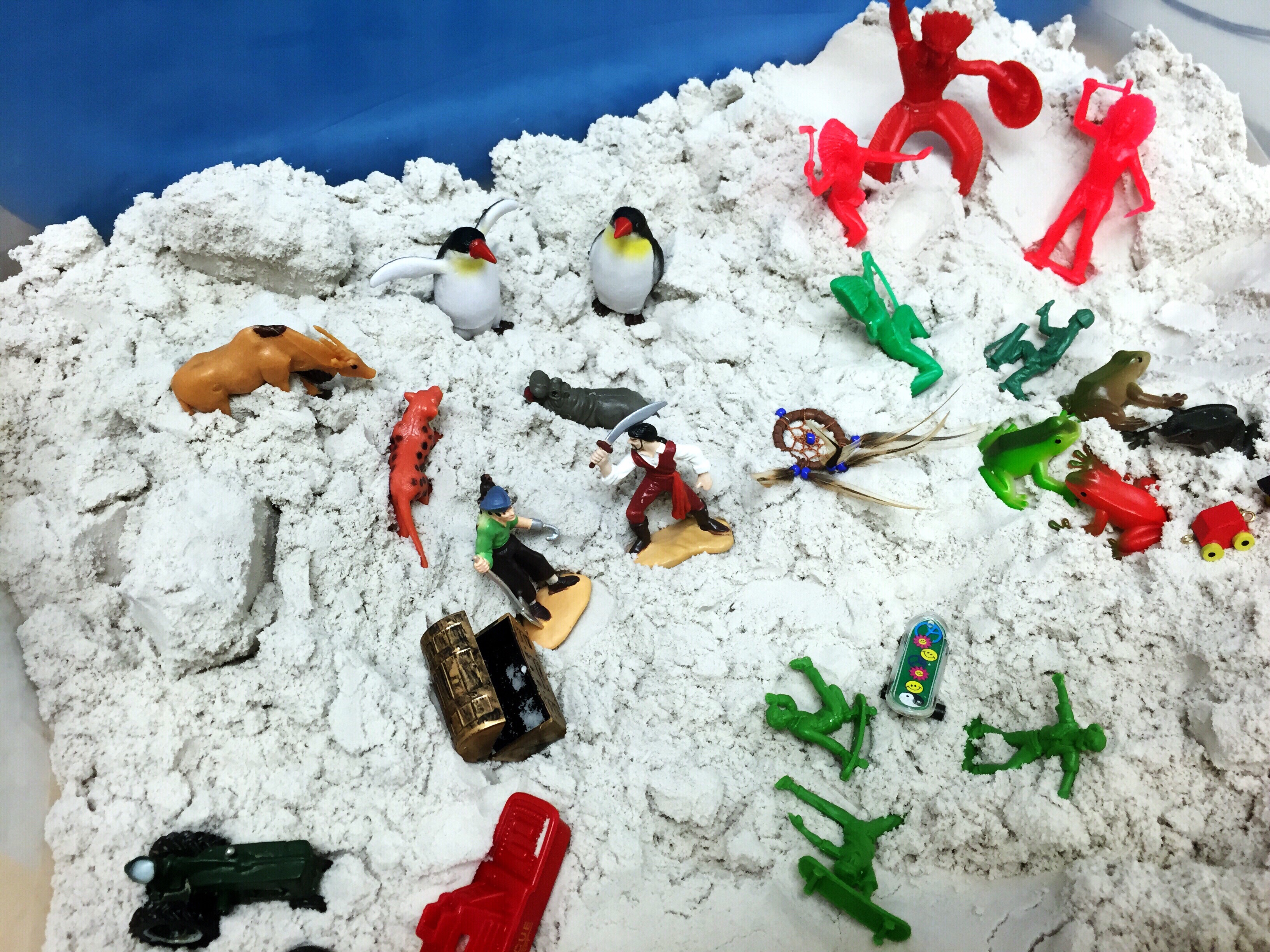 Sandtray therapy was created by Margaret Lowenfeld, who got her ideas from reading H.G. Wells’ book Floor Games, where Wells spoke of the use of miniature toys while he played with his sons on the floor. This technique was adopted by many others, including Dora Kalff, a Swedish therapist who modified Lowenfeld’s knowledge of the use of sand and miniatures according to Jungian principles, and named her technique Sandplay (Homeyer & Sweeney, 2011). Sandtray therapy can be used with adults, children and groups, and it is a safe way for those who have experienced trauma to use miniature figurines to express themselves through metaphors. Resistance to exploring past trauma and fears about opening up in counseling may be barriers that can be overcome by the use of sand and the physical activity of manipulating miniatures. The manipulation of their own choosing of miniature figures can be empowering for those who are non-verbal or have difficulty expressing themselves, or for clients who feel that they do not have any control in their lives (Homeyer & Sweeney, 2011). Sandtray is also commonly used with those who are deaf or hard of hearing (Gwinn, 2004).
Sandtray therapy was created by Margaret Lowenfeld, who got her ideas from reading H.G. Wells’ book Floor Games, where Wells spoke of the use of miniature toys while he played with his sons on the floor. This technique was adopted by many others, including Dora Kalff, a Swedish therapist who modified Lowenfeld’s knowledge of the use of sand and miniatures according to Jungian principles, and named her technique Sandplay (Homeyer & Sweeney, 2011). Sandtray therapy can be used with adults, children and groups, and it is a safe way for those who have experienced trauma to use miniature figurines to express themselves through metaphors. Resistance to exploring past trauma and fears about opening up in counseling may be barriers that can be overcome by the use of sand and the physical activity of manipulating miniatures. The manipulation of their own choosing of miniature figures can be empowering for those who are non-verbal or have difficulty expressing themselves, or for clients who feel that they do not have any control in their lives (Homeyer & Sweeney, 2011). Sandtray is also commonly used with those who are deaf or hard of hearing (Gwinn, 2004).
Neurobiological research explains how this works. It has shown that psychological trauma can result in changes to the Limbic System, which also stores non-verbal sensory experiences. When the sympathetic nervous system is affected in this way, non-verbal therapies such as sandtray have been shown to help bring unconscious emotions to light, which in turn brings about healing (UC San Diego, 2015). According to Homeyer and Sweeney, “Gil (2006) notes that there is evidence suggesting that trauma memories are imbedded in the right hemisphere of the brain … indicating that interventions that facilitate access to and activity in the right side of the brain may be indicated.”
Types of Sand and Miniatures
Various types of sand can be used, e.g. playground sand, moon sand, etc., and the container(s) may be rectangular, round, or octagonal, based on the therapist’s needs or preferences. Two containers are recommended, one that allows water to be used in the sandtray and one for use without water. Homeyer and Sweeney (2011) point out that “Miniatures are the words, symbols, and metaphors of the client’s nonverbal communication” – and they recommend having at least 300 miniatures on hand. There should be categories of family groups of various ethnicities, of adults, teens, extended families and blended families, siblings, etc. Other categories include occupations, hobbies, sports, religious groups, historical figures, and animals of all kinds (including prehistoric ones). Buildings, modes of transportation, plants and particularly lots of fences. (Fences are recommended because clients tend to use many gates, fences and signs while doing sandtray therapy.) Rocks and fantasy figures such as wizards or monsters are also recommended, as are wishing wells, treasure boxes, furniture, various rocks/pebbles, tools and even medical items including representations of alcohol and drugs. Miniatures are carefully grouped and stored on open shelves, baskets, portable boxes or set out on tables in the therapy room for easy access.
Sandtray Therapy Sessions
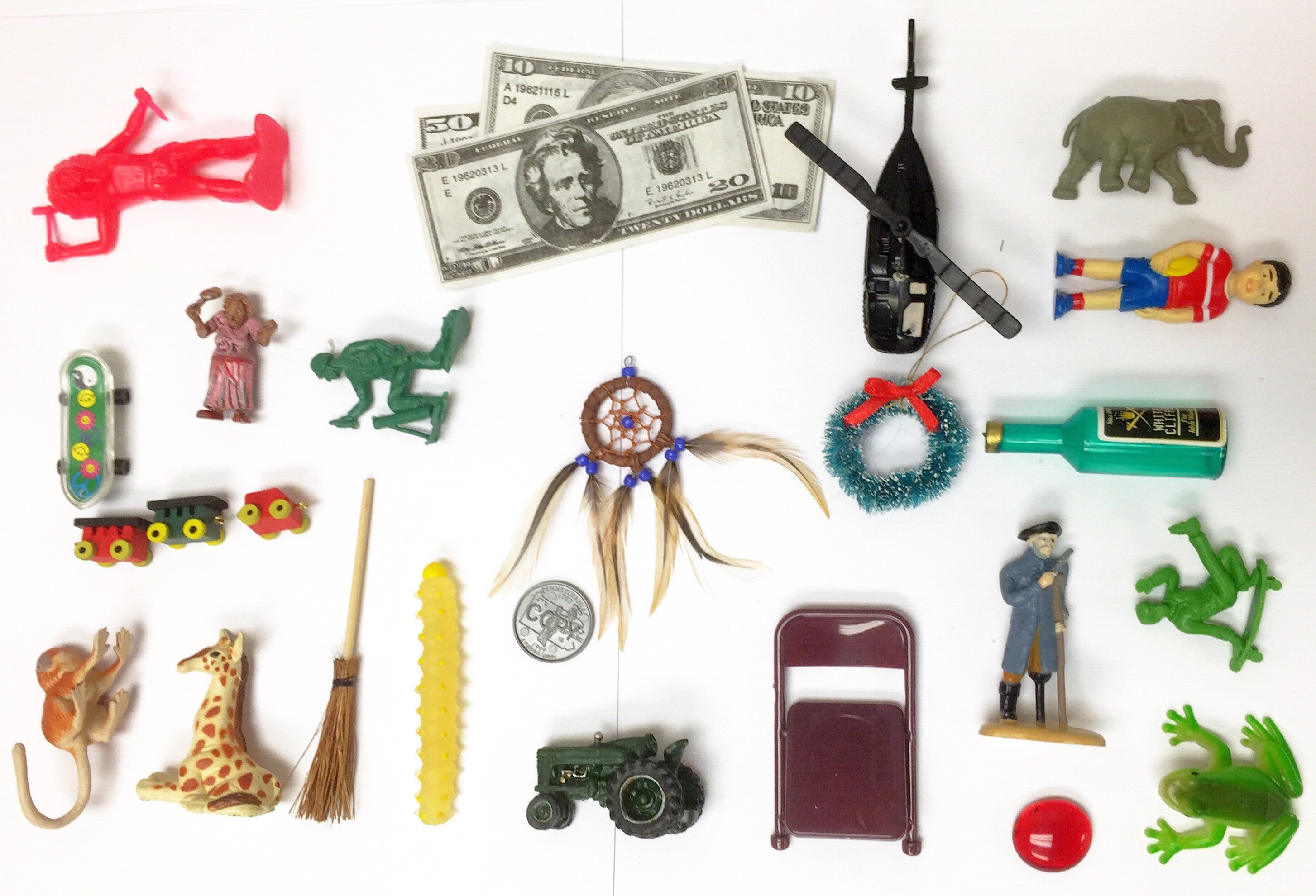 Sandtray therapy can be directive or non-directive. In directive therapy, the therapist will request that the child choose miniatures and may ask the client to “create a world,” or “build a scene” and will describe the scene that the client is to create. In non-directive, a therapist will again ask the client to pick any of the miniatures they wish and to create a scene of their own choosing. The client can choose as many or as few miniatures as they want. The therapist sits behind the client and observes the choice of miniatures, organization and emotions that the client is presenting during the sandtray therapy (Homeyer & Sweeney, 2011).
Sandtray therapy can be directive or non-directive. In directive therapy, the therapist will request that the child choose miniatures and may ask the client to “create a world,” or “build a scene” and will describe the scene that the client is to create. In non-directive, a therapist will again ask the client to pick any of the miniatures they wish and to create a scene of their own choosing. The client can choose as many or as few miniatures as they want. The therapist sits behind the client and observes the choice of miniatures, organization and emotions that the client is presenting during the sandtray therapy (Homeyer & Sweeney, 2011).
The therapist will look for themes. For example, if most of the tray does not have miniatures, this may characterize that the client is sad, or feels “empty or rejected.” If there are no people in the sandtray, it may reflect past or current abuse which the client wants to escape. If the world is closed or fenced in, there may be a sense of danger such that the client feels they need to shut down and protect themselves. A rigid scene where the miniatures, etc. are precisely arranged in an unrealistic manner may show that the client is a perfectionist, very restrained, or may be uncomfortable expressing their feelings. A disorganized world may show that the client’s life is in turmoil and there is some inner uncertainty. An aggressive world is the easiest to recognize. The use of soldiers and wild animals, attacking and fighting others, reveal the client’s aggression and anger (Homeyer & Sweeney, 2011).
It is important that therapists also look for the metaphor in the sandtray in order to recognize and understand what the client is communicating. The therapist will then ask the client to give their world a title, and ask the client if they want to look at their sandtray from all angles and add or take out more miniatures. It is imperative that the therapist stay within the safe parameters of the sandtray until the client is ready to address their fears, depression, anxiety, etc. The therapist will then process those issues with the client by asking about a particular area in the sandtray or about the entire sandtray. The therapist may ask if the client is represented in the sandtray, or about others who may be represented, or about miniatures that are prominent or look very powerful. The therapist can ask the client what the miniatures are saying and/or expressing, and take note if the client is resistant to using a particular miniature or having difficulty deciding placement of a miniature on the sandtray. The therapist will also observe the ways in which a client is interacting with miniatures, such as how they are handling the miniature, e.g. touching them softly or treating them harshly. Careful observation is needed because children, in particular, will typically add and remove various miniatures while they create numerous scenes (Homeyer & Sweeney, 2011).
Both children and adults can have negative internal beliefs, so it is crucial that the therapist “enter the client’s world” and try to understand the client’s thoughts, beliefs and feelings in order to accurately reflect them back to the client. The client can then communicate erroneous beliefs about themselves as the therapist challenges and aids the client in gaining a more positive view of their world. If the client wants to take apart the sandtray, they can be allowed to do so, but it is recommended that the therapist not take apart the sandtray until the client leaves the room. It is also recommended that the therapist not touch the client’s sandtray while in session and that the therapist also take a photo of the sandtray to document the session (Homeyer & Sweeney, 2011).
Numerous other modalities can also be used, including Rational-Emotive Behavior Therapy (REBT), Solution Focused techniques, role-playing, scaling questions, or identifying cognitive distortions (Homeyer & Sweeney, 2011).
Sandtray in Group Therapy Settings
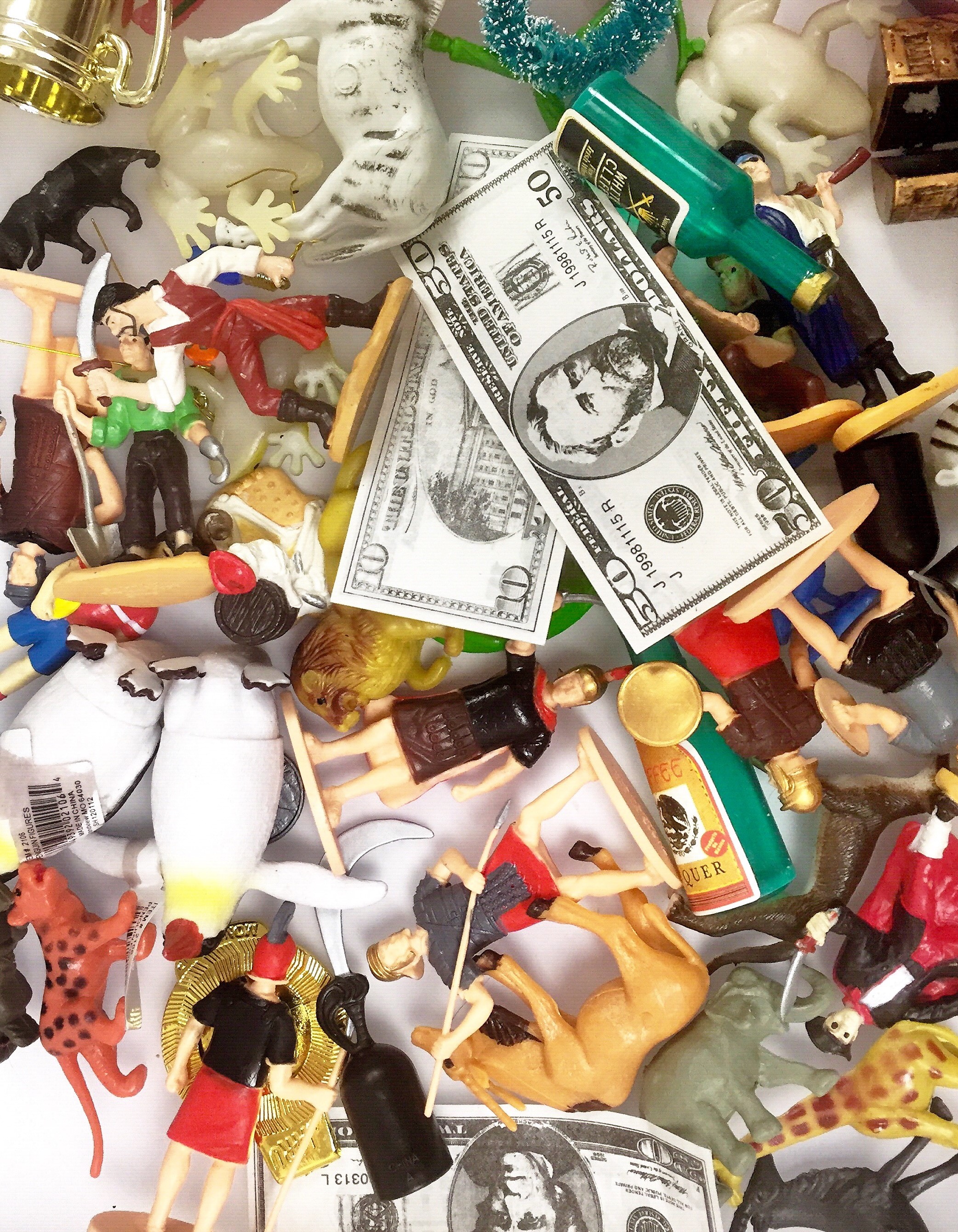 There are certain considerations unique to the use of sandtray therapy with group therapy. The purpose of a group must first be identified in order to select members. Only three clients at a time are recommended for children’s groups, and although the group can be a mix of genders, it is recommended that older children be the same gender. There needs to be enough space in the room for members to work around the sandtray; children, especially, will be in constant motion, removing and adding miniatures. A deep sandtray is recommended for them, as is setting age-appropriate limits, because sand inevitably will spill out of the sandtray. Individual sandtrays can also be available in a group setting, so that clients can work on their own and then, in addition, have the group work together in one sandtray. Groups of two to six clients will need another therapist in the room, and sessions for younger children should be about 45 minutes with a five minute warning when the session is about to end. The sessions should be weekly and run for 10 to 12 weeks. During the last 20 minutes, the children will talk about their scenes and children may be allowed to play with their sandtray while they listen quietly to others in the group. (Homeyer & Sweeney, 2011).
There are certain considerations unique to the use of sandtray therapy with group therapy. The purpose of a group must first be identified in order to select members. Only three clients at a time are recommended for children’s groups, and although the group can be a mix of genders, it is recommended that older children be the same gender. There needs to be enough space in the room for members to work around the sandtray; children, especially, will be in constant motion, removing and adding miniatures. A deep sandtray is recommended for them, as is setting age-appropriate limits, because sand inevitably will spill out of the sandtray. Individual sandtrays can also be available in a group setting, so that clients can work on their own and then, in addition, have the group work together in one sandtray. Groups of two to six clients will need another therapist in the room, and sessions for younger children should be about 45 minutes with a five minute warning when the session is about to end. The sessions should be weekly and run for 10 to 12 weeks. During the last 20 minutes, the children will talk about their scenes and children may be allowed to play with their sandtray while they listen quietly to others in the group. (Homeyer & Sweeney, 2011).
Use with Couples
Couples and families may do their own individual sandtrays at the beginning and then transition to a common sandtray. Often the therapist will split the tray, having one person working on one side of the tray and the other working on the opposite side. Everyone wants to be heard, so beginning with individual trays allows each person to express themselves individually, even if they feel they lack a voice in their conflicts. It may also reduce conflict when couples work conjointly in one tray. The process is the same as with individuals, but may also involve the use of a genogram; enactment where the family conflict is recreated; or “sculpting,” where members of the family are placed in order according to influence. Pretend techniques can also be used where the client is asked to pretend they have achieved their purpose and have made desired changes. (Homeyer & Sweeney, 2011).
Future Research
Currently, research into the effectiveness of sandtray therapy is premature. Further study is needed in order to help therapists know which approaches are most effective. More research in the area of assessment is also needed. In particular, studies of therapists have identified concerns regarding the use of Jungian concepts in sandtray therapy (Garofolo, Koocher & Norcross, 2006).
Meanwhile, new work is being done on the development of computer games that will emulate sandtray therapy. A computerized version of the sandtray, where the child can drag and drop visual elements that correspond to the sand and miniatures of sandtray therapy, is being developed. Therapists who have tested the computerized version have expressed concerns about the lack of the tactile experience, although they have also stated that they saw promise in the ability of a digital environment to convey sandtray activities such as construction, storytelling, actions and arrangement. Other concerns include the way sandtray objects appear when moved up and down, interface issues such as “sticky fingers,” and the ability to move an object or person so that the client can simulate burying items (Hancock, Ten Cate, Carpendale & Isenberg, 2010).
It is evident when working with children that they are very amenable to playing in the sand and picking out miniatures. With adults, there is sometimes resistance, because they may view it as something only for children. When adults are being observed, however, they also pick out miniatures that display their internal concerns and unconscious desires. People intuitively make scenes that show their world and concerns. For this reason sandtray is an excellent technique for getting both children and adults to open up about problems they would otherwise have difficulty discussing.
 About the Author
About the Author
Teresa Weeke, PLPC at Agape Christian Counseling, earned her degrees from Missouri State University and Missouri Baptist University. She is a Provisionally Licensed Counselor and is studying to become a Registered Play Therapist. She is also a member of the American Association of Christian Counselors and the Association for Play Therapy. Click on the picture to the left to read her full bio.
REFERENCES
- Betman, B. G. (2004). To See the World in a Tray of Sand: Using Sandtray Therapy with Deaf Children. Odyssey: New Directions in Deaf Education, 5(2), 16-20.
- Hancock, M., Ten Cate, T., Carpendale, S., & Isenberg, T. (2010). Supporting Sandtray Therapy on an Interactive Tabletop. In CHI ’10: Proceedings of the SIGCHI Conference on Human Factors in Computing Systems, USA, 10, 2133-2142.
- Homeyer, L. E., & Sweeney, D. S. (2011). Sandtray Therapy: A Practical Manual 2nd ed.). New York: Taylor & Francis Group, LLC.
- Garofalo, A., Koocher, G. P., & Norcross, J. C. (2006). Discredited Psychological Treatments and Tests: A Delphi Poll. Professional Psychology: Research and Practice, 37(5), 515-522.
- UC San Diego Extension. Sandplay Therapy Studies: What is Sandplay Therapy? Retrieved September 3, 2015, from https://extension.ucsd.edu/programs/customprogram/documents/whatisSandplay.pdf
